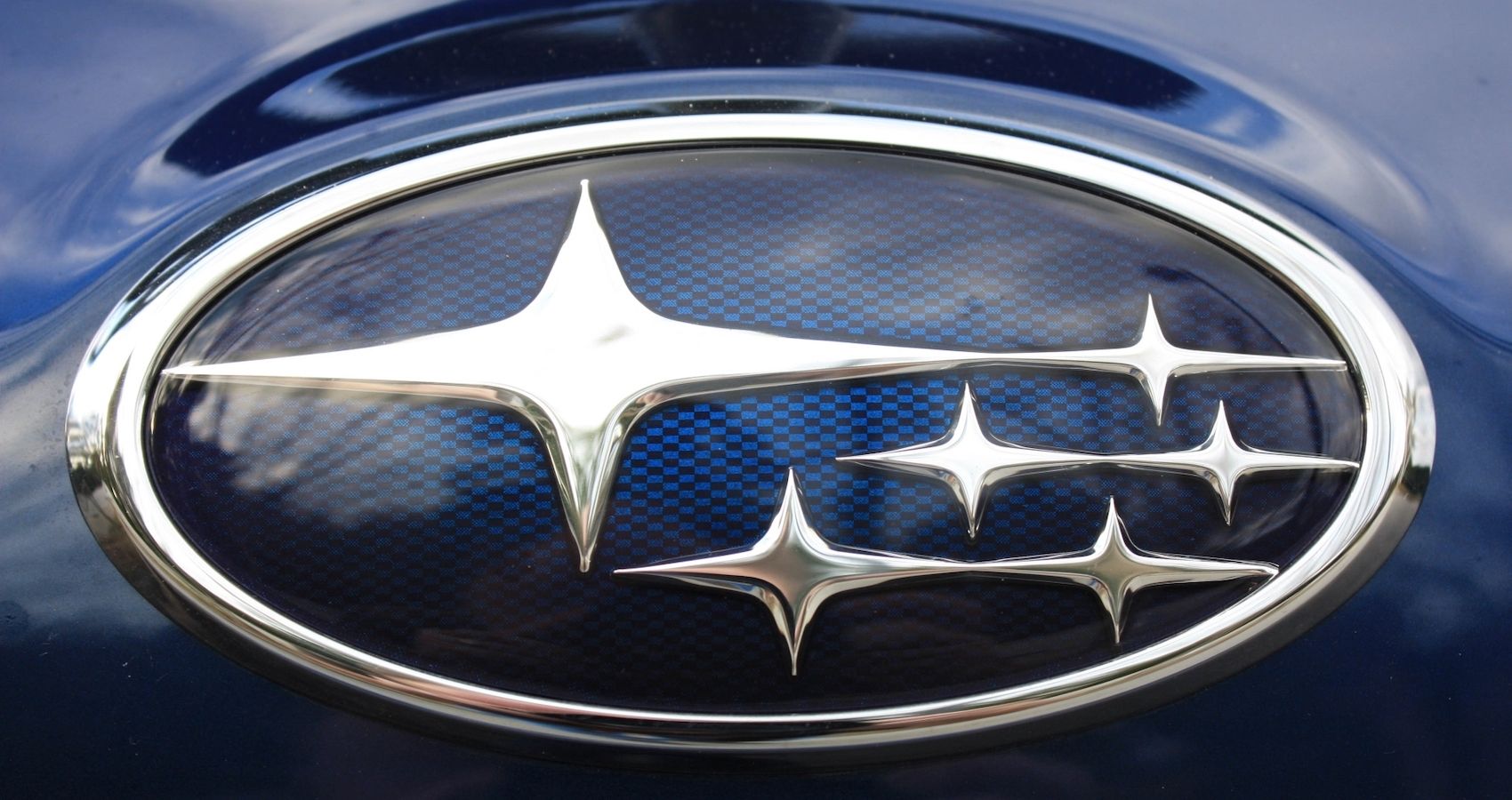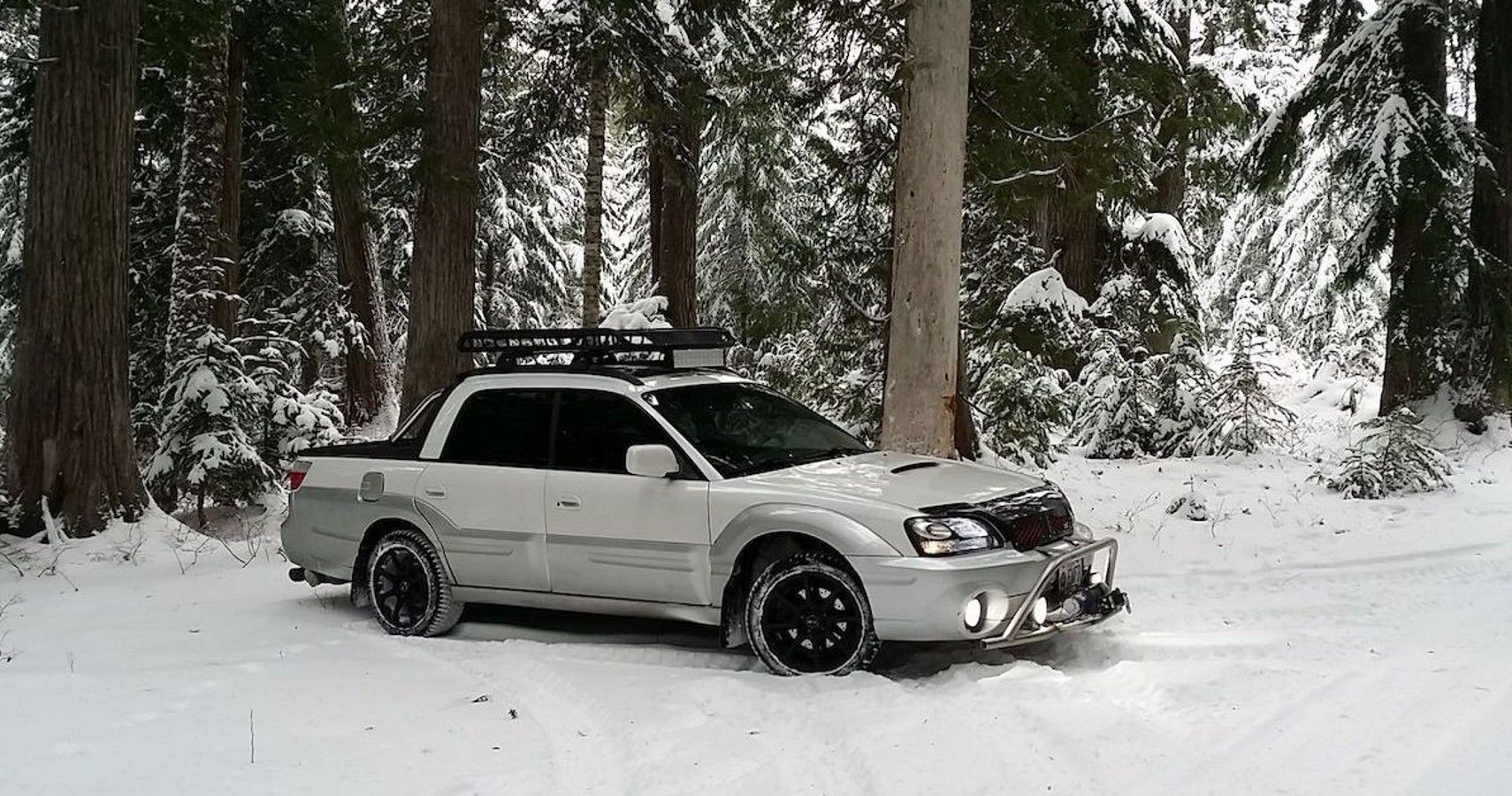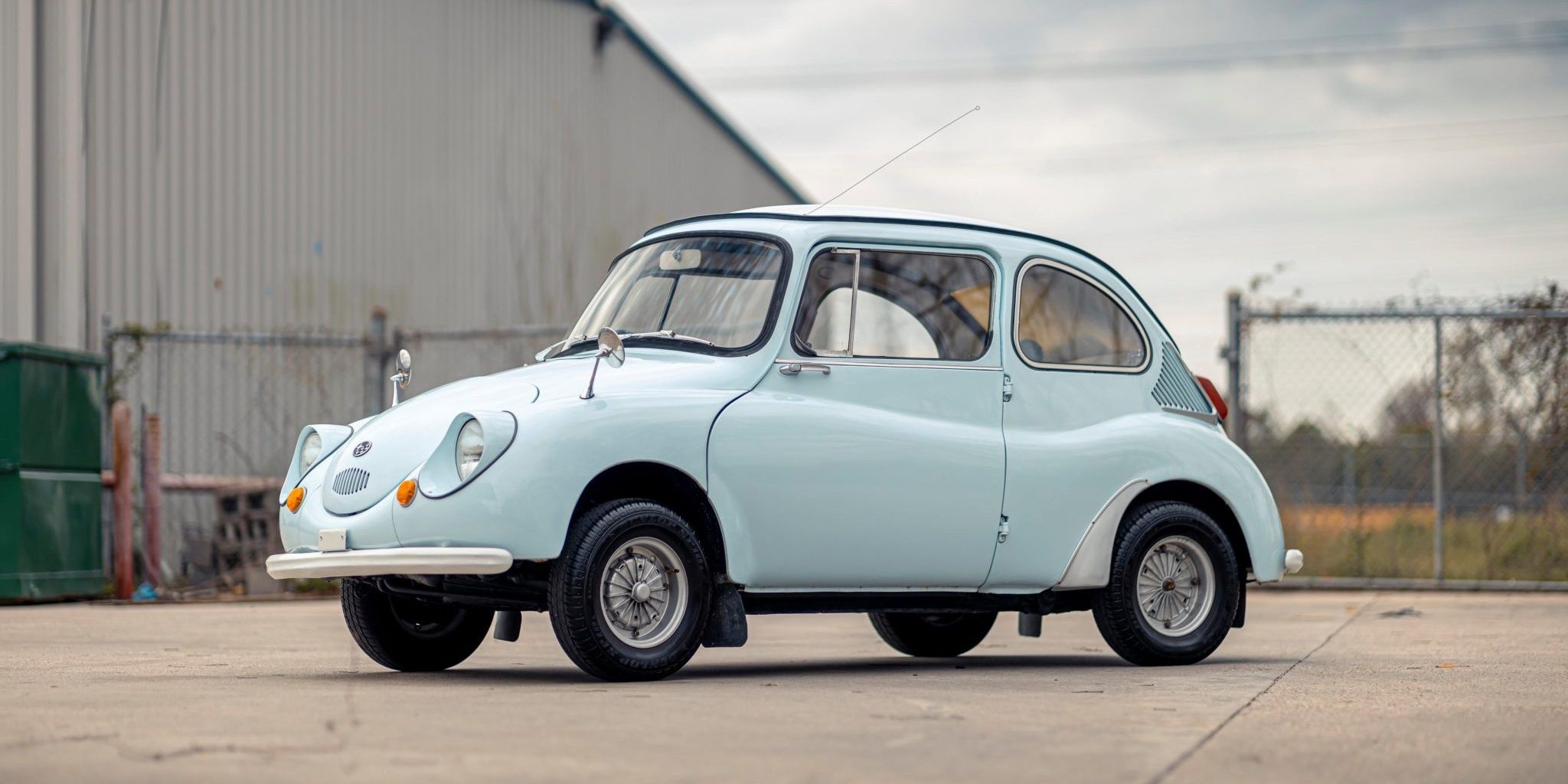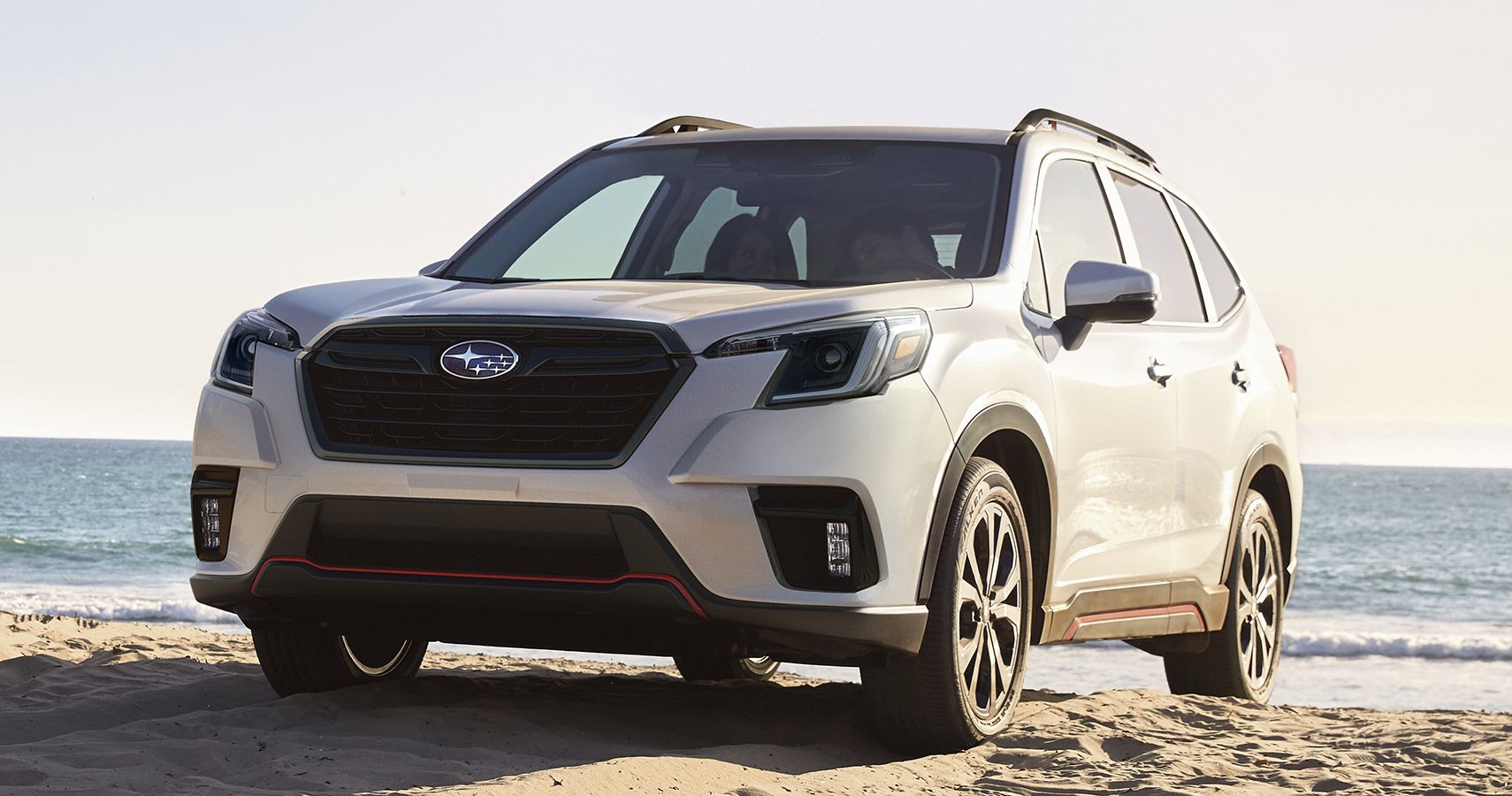Before becoming Subaru, the company was formerly called Fuji Heavy Industries, which, in turn, started out as the Aircraft Research Laboratory in 1915. The business went through a restructure in 1932 to become the Nakajima Aircraft Company Ltd, and it quickly rose to prominence as chief aircraft manufacturer for Japan during World War II. Nakajima Aircraft underwent another reorganization following the Second World War and this time, it became Fuji Sangyo Co. Ltd. The anti-zaibatsu legislation compelled the Fuji Sangyo Co. to restructure once more and this time, in 1950, the business got split into 12 smaller firms. Three years later, five of these firms and a newly created corporation opted to merge and establish Fuji Heavy Industries.
One could say that Fuji Heavy Industries is responsible for the company’s current trajectory, as it was thanks to Fuji’s management that the company opted to enter the automotive industry. Not long after management approved the decision, the company started developing its first vehicle, the Subaru 1500, dubbed the P1. The sedan came equipped with two different 1.5-liter, four-cylinder inline engines. Unfortunately, it’s close to impossible to find a Subaru 1500 today because the company built only 20 units in 1954. But since the release of the first Subaru vehicle, the company has come a long way, so let's take a look at the real story behind the Subaru brand.
From Nissan To General Motors — Partnerships That Helped Shape Subaru
Subaru introduced the P1 in 1954, and since then, the Japanese carmaker has released additional models like the 360, which arrived four years after the P1. Beginning with the 1960s, Subaru also added trucks to its collections, such as the Sambar mini-truck. In addition to expanding the fleet and designing new models, Subaru was also engaged in other endeavors.
To that extent, it’s worth noting that the business was undergoing internal changes. For instance, in 1968, Nissan purchased a minority stake in Fuji Heavy Industries, Subaru's parent company, and this impacted the manufacturing process. As a result, Subaru borrowed certain parts from Nissan and used them for its fleet, and vice-versa. But later in 1999, when Nissan entered a strategic partnership with Renault, the Japanese automaker decided to sell its stake in FHI to General Motors. Although the GM period was short-lived, Subaru took full advantage of the American know-how and released the Baja and the Tribeca. Following GM’s exit, Toyota Motors entered the picture, and since then, the Japanese automakers have collaborated on several projects.
The Subaru 360 And Conquering America
Consumers constantly rank Subaru among the most reliable car companies. It obviously helps that Japanese automakers have such an excellent reputation and that buyers remain loyal to their products. To that end, a recent study by iSeeCars positioned Subaru as the seventh most reliable car brand, with 0.8 percent of its models reaching 200,000 miles.
But there was a time when Japanese cars didn’t dominate Consumer Reports Rankings and Asian automakers didn’t have the best reputation. This explains why Western consumers ignored Subaru’s “long history of offering vehicles that are both highly capable and intelligently designed.” Fortunately, the American gearheads finally got to experience the Subaru cars in 1968 with the release of the rear-engined, two-door miniature car, the Subaru 360. The first Subaru car that ended up in the American market “was openly marketed as cheap and ugly, but it had the type of engineering that Subaru is now known for,” says GrandSubaru.com. Fast-forward to 1970 and Americans got a second taste of Japanese engineering when the Subaru Star entered the U.S. market.
Subaru Today
In recent years, Subaru has increased its market exposure through targeted content, participation in unique events, and appearances in movies and television series. Baby Driver, Cannonball Run, The Fate of the Furious, and Lethal Weapon are just some blockbuster productions that featured Subaru vehicles. Additionally, the automaker had its own TV series, Subaru Launch Control, that focused on Subaru Motorsports USA as they pursue wins in the American Rally and Rallycross championships.
Subaru has worked with several fashion companies since 2000, when the Japanese automaker partnered with L.L. Bean. As for the co-branding initiative with L.L. Bean, the clothing company ensured that the Subaru vehicles had high-quality leather inside the cabin. Ever since the L.L. Bean collaboration, the Japanese automaker also partnered with the School of Industrial Design at the Academy of Art University. For the project, Subaru encouraged Industrial Design students to envision how Subaru would look like in 2030.
Another noteworthy collaboration is with street wear brand Superdry. Together with Superdry and travel retailer STA Travel, Subaru “launched a collaboration to celebrate the launch of a range of new jackets by Superdry,” says Inside Retail. The #InYourElement campaign featured famous Australian social media influencers, Reece Hawkins, Hannah Perera, Luke Bakhuizen and Emma Carey. STA Travel dispatched the women to four “elemental” locations, wearing Superdry jackets, where they found a new Subaru.




